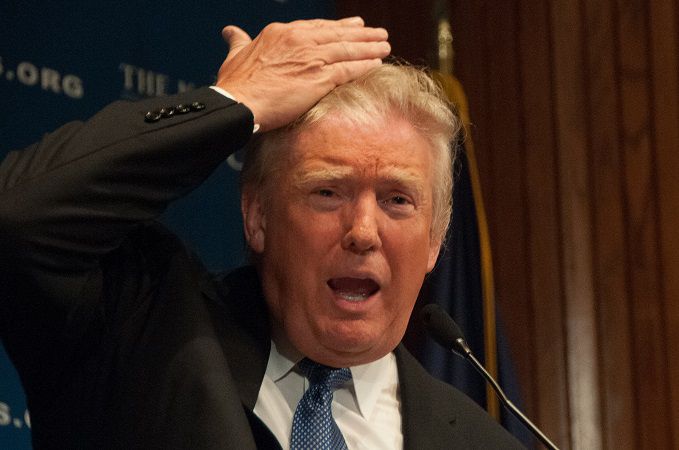[ad_1]
Market Moves
After a relatively quiet week, volatility returned to the markets after three events clearly demonstrated to investors and traders that uncertain times are ahead. Sellers sent the indexes down over 2% on the news.
Market participants have historically shown less enthusiasm for taking risks when conditions are unusual or historically novel. Thus, when Fed Chairman Jerome Powell, speaking at the Jackson Hole Symposium, stated that monetary policy “cannot provide a settled rulebook for international trade,” 90 minutes before the market opened, he set the stage for investors to question their own expectations.
Right on cue, the trade war heated up in the first hour of the trading session. Shortly after China announced $75 billion in tariffs on U.S. goods, in apparent retaliation to the tariffs imposed on Chinese goods coming into the U.S., President Trump sent tweets noting his encouragement for U.S. companies to find “alternatives” to China. (See the breakdown in the 15-minute chart below.)
Even as the president criticized the Fed for not providing the help he wanted, the main point of Powell’s speech seemed to be vindicated: you can’t really predict what might happen in a trade war. When the markets comprehend that some factors are less predictable than hoped, money tends to move toward safer assets. It is unsurprising that stocks fell sharply while bond and gold prices saw significant gains.
Gold Rallies Strongly as Crude Oil and the U.S. Dollar Fall
Oil futures fell sharply, even more so than stocks, in concert with other market moves related to trade war news. Traders apparently see trade war dynamics hampering demand for crude-oil shipments. Meanwhile, gold futures rocketed higher, with very little retracement (see 15-minute chart below).
Unlike the stock market index futures, which began to quietly rebound after Powell’s speech, but then fell sharply on tariff news, gold futures climbed, held, then accelerated their climb as events unfolded. This demonstrates a relatively higher degree of demand for the metal as a hedge against other investments. This minute-by-minute price action suggests that the dynamic of scared money running for hedge investments may continue in the days and weeks ahead.
Boeing: The Best Stock in a Bad Market Today
Along with the news that the Federal Aviation Administration is calling for pilots to help test the model 737 MAX planes, The Boeing Company (BA) seems to be ready to put investor fears behind it. In a day when the broad market average was down more than 2% by the close, Boeing found interested investors.
Of all 30 stocks in the Dow Jones Industrial Average, only Boeing closed with a net positive change today. The price action in Boeing shares shows that investors had been willing to pay higher prices earlier in the day, but tariff war fears triggered some investors to back off. Thus, the shape of the day’s trading range is a tall candle with very small body (see chart below).
The Bottom Line
U.S. stocks showed that nervous investors preferred to head toward hedge bets such as bonds or gold after Fed Chairman Powell and President Trump made communications that roiled market price levels. Boeing shares are not immune to the market volatility but showed that they could attract a surprising collection of buyers in the midst of a market that was dominated by sellers.
Enjoy this article? Get more by signing up for the Chart Advisor newsletter.
[ad_2]
Source link Google News

